
Twelve Months and a Day
As any young man may
I’ll sit and mourn all on her grave
For twelve months and a day
A voice spoke from the deep
Who is it sits all on my grave
And will not let me sleep?
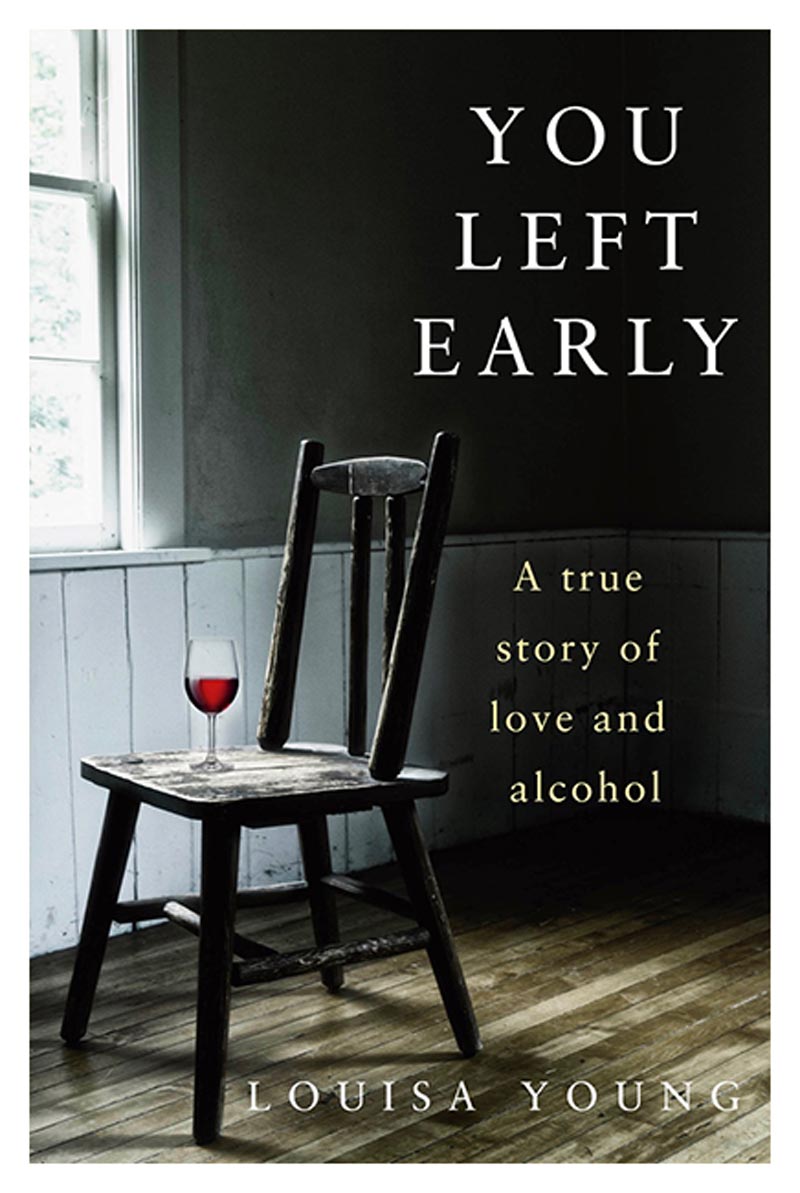
You Left Early: A True Story of Love and Alcohol
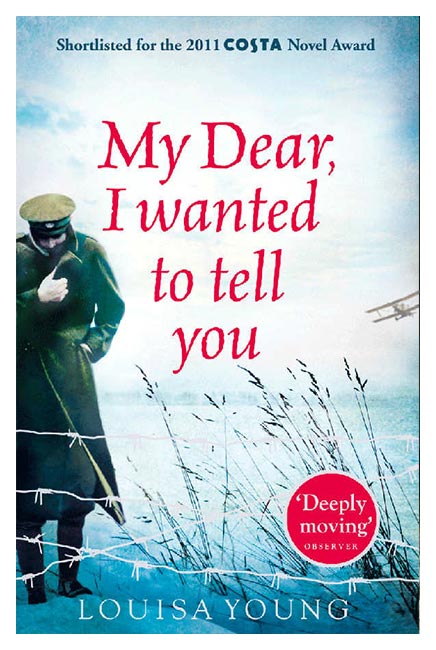
My Dear I Wanted To Tell You
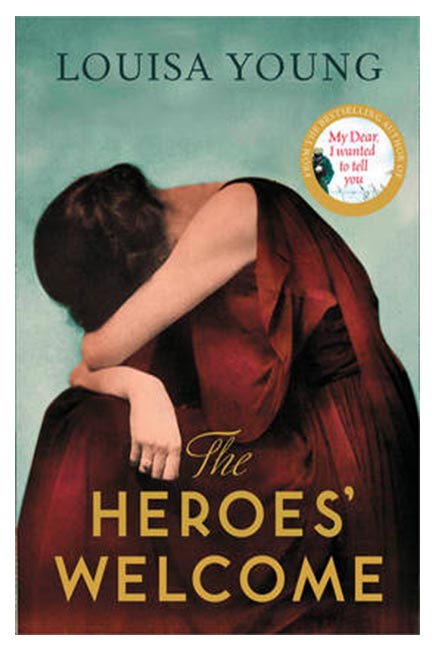
The Heroes’ Welcome
From Readers
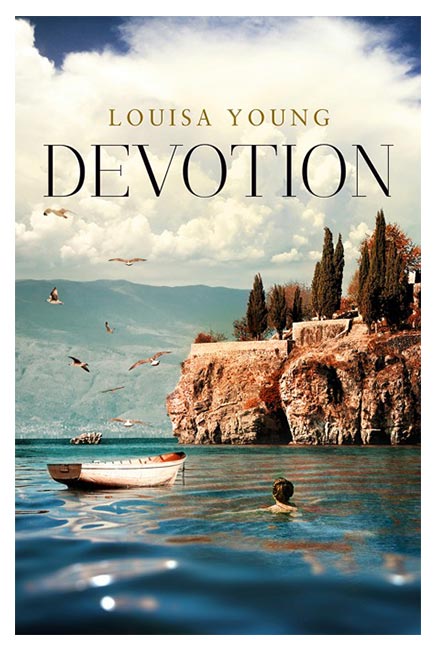
Devotion
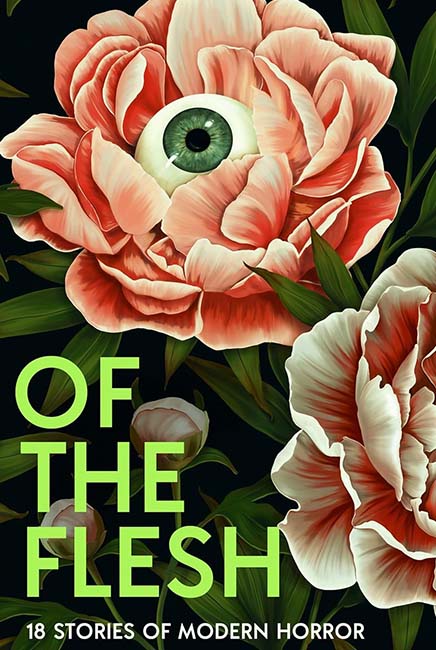
Of the Flesh: 18 Stories of Modern Horror
Mouse
She creaks to her knees to search in places she doesn’t always look. Behind the old cat food (it died) in the bottom shelf of the cupboard under the failing boiler there are a great many little black pellets and the nasty sweet smell. She vacuums, wipes, sprays everything with disinfectant, gently stuffs wire wool into the corners. Latex gloves and a mask, as experts recommend.
‘It’s nice how you do whatever I want,’ he says, looking at the telly. He’s dropped the remote. She gives it to him.
Hantaviruses infect the lining of blood vessels in the lungs, causing them to leak. Fluid fills the lungs so you can’t breathe. Hantavirus Pulmonary Syndrome is a severe sometimes fatal disease spread by rodent saliva, urine or feces. Inhalation is the most common way to become infected; other contamination routes include bite, touching, touching your mouth or eating food. Also known as Sin Nombre Virus, Convict Creek Virus, Muerto Canyon Virus, Four Corners Virus and colloquially Navajo Flu. Hantaviruses cause hemorrhagic fever with renal syndrome. The virus infects the heart, reducing its ability to pump blood leading to the failure of most or all of the organs and death. Symptoms: abrupt onset of fever, chills, weakness, nausea, vomiting and abdominal pain followed by difficulty breathing, illness, death.
Who Is at Risk?
I am at risk, she thinks. All the symptoms are how she feels anyway. She laughs.
‘What are you laughing at?’ he calls from the couch. ‘Nothing,’ she says. He doesn’t like it when she says that.

Underground Tales for London
She Deserved It: A scrap of memoir set along the Hammersmith & City Line
Autobiographical jewels of mine hang from that pink ribbon as it ambles across the city. Think of them as coloured lightbulbs strung along frayed electric flex over a market stall; a long twist of Chinese lanterns glowing in the dusk; damp-stained gems of coloured diamanté dangling at intervals from a cheap foxed chain. A rosary of things that happened. The stations of the King’s Cross to Hammersmith stretch.
Think of London lying naked by the river, wearing everything that is inflicted on her. Decorated, damaged, ignited, weighted, chained, wounded, loved, undermined, traversed, surviving…

I am Heathcliff
In this anthology, curated by Kate Mosse and commissioned for Emily Bronte’s bicentenary year in 2018, sixteen modern fiction writers (contributors include Louise Doughty, Dorothy Koomson, Joanna Cannon, and Juno Dawson) shine startling lights on the romance and pain of the infamous literary pair Heathcliff and Cathy, in sixteen stories inspired by Wuthering Heights. In ‘Terminus’ a young woman hides in an empty Brighton hotel; in ‘Thicker Than Blood’ a man sits in a hot tub stalking his newly-married love on social media; and in ‘A bird half-eaten’ an amateur boxer prepares for a match. In ‘Anima’ a child and a fox are unified in one startling moment of violence; and in One Letter Different’ two teenagers walk the moors and face up to their respective buried secrets. In Louisa Young’s contribution, a woman recalls the ‘Heathcliffs I Have Known’ and the physical danger she has borne at their hands. These fresh, modern stories pulse with the beauty, pain and danger of love and desire, and are as timely as they are illuminating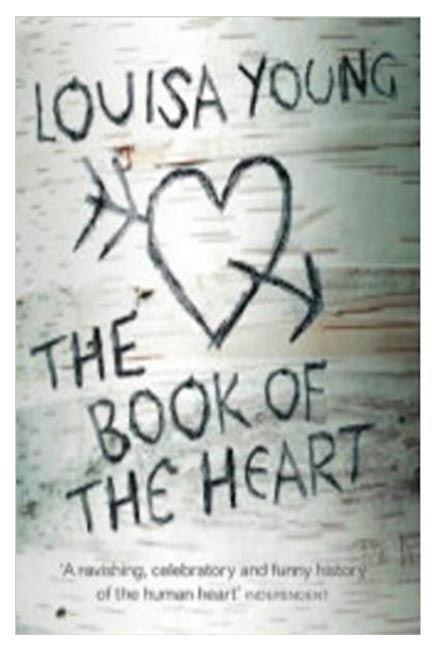
The Book of the Heart
Why, when the heart looks, anatomically, like a fleshy whoopie cushion, is it so often portrayed as a scallop-topped, pointy-ended pink emblem with an arrow through and a declaration of love written across it? ‘The Book of the Heart’ is the lavishly illustrated story of the human heart through time and across the world, and divided – like the actual heart – into four chambers: the anatomical, the religious, the artistic and the romantic. The first gives a history of anatomical knowledge of the heart, a factual account of its physical workings, a terrifying summary of diseases, and an overview of cardiac medicine from a Babylonian tablet of 2000BC until the era of transplant surgery.
The second chamber examines the heart as a religious and magical emblem. The Immaculate Heart of Mary, the Wounded Heart of Man, the Cult of the Sacred Heart, and Aztec human sacrifices are among Young’s topics. So, too, is cannibalism, including Mike Tyson’s threat to Lennox Lewis (‘I want to rip his heart out and feed it to him’), and the doom of Sir Charles McCarthy, who ordered his regimental band to play “God Save the King” as a signal to Ashanti warriors to disperse, for which misjudgement his heart was ceremonially eaten on the banks of the Bonsu river.
The third chamber looks at depiction of the heart and their meanings, and includes a heartfelt defence of kitsch in religious art. The fourth chamber celebrates lovers’ heart juxtaposing the prophet Jeremiah with Al Green (‘How can you mend a broken heart?’), and quoting Damien Hirst, Oscar Wilde, the 13th-century Sufi poet Rumi and John Donne, among others. Blondie’s ‘Heart of Glass’, Bruce Springsteen’s ‘Hungry Heart’ and The Yardbirds’ ‘Heart Full of Soul’ jostle on the page with Matthew Arnold and a 15th-century King of Naples.
The book closes with macabre but gleeful notes on the fate of famous people’s hearts. A cat ate Thomas Hardy’s before it could be transferred to Westminster Abbey. Sir Nicholas Crisp’s was put in a monument at Hammersmith, and given a refreshing glass of wine on the anniversary of its entombment – a practice that was continued for 150 years.
‘The Book of the Heart’ inspired the first major exhibition at Wellcome Collection in London in 2007, which included video-linked live heart surgery. Louisa Young was curatorial consultant. ‘Motion of the Heart’, a masque staged by the early-music ensemble eX at the National Gallery in Dublin in 2009, was also inspired by the book.
From the press:
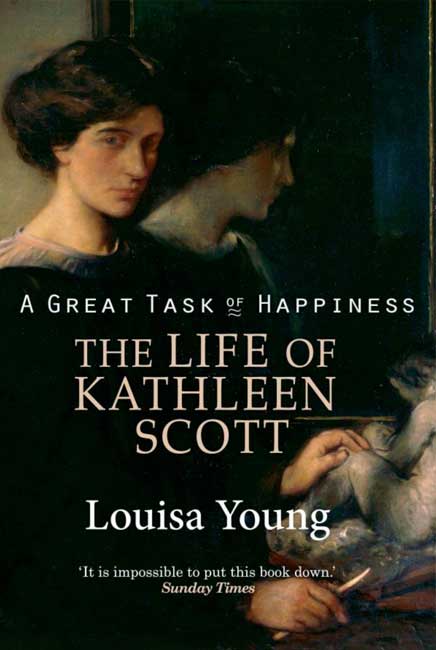
A Great Task of Happiness: The Life of Kathleen Scott
Kathleen makes a cameo appearance in Louisa’s best-selling novel My Dear I Wanted to Tell You.
From the press:
From a reader